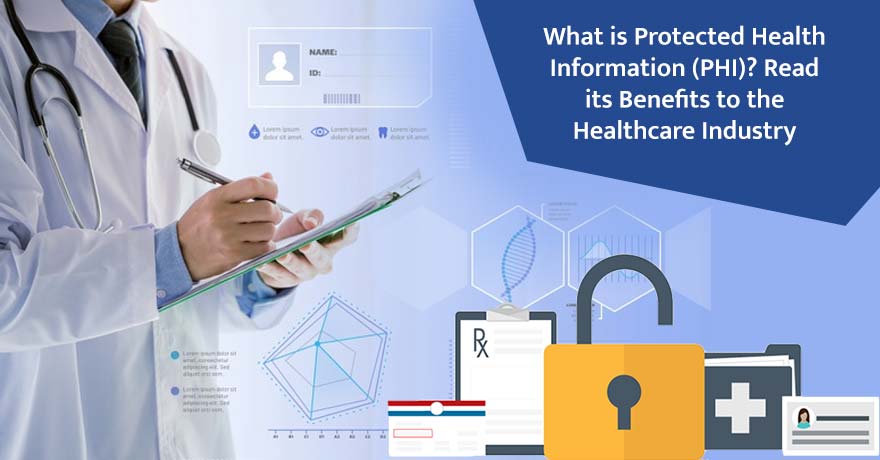
Assessment 2 Instructions: Protected Health Information (PHI): Privacy, Security, and Confidentiality Best Practices
Content
- Prepare a 2-page interprofessional staff update on HIPAA and appropriate social media use in health care.
Introduction
As you begin to consider the assessment, it would be an excellent choice to complete the Breach of Protected Health Information (PHI) activity. The activity will support your success with the assessment by creating the opportunity for you to test your knowledge of potential privacy, security, and confidentiality violations of protected health information. The activity is not graded and counts towards course engagement.
Health professionals today are increasingly accountable for the use of protected health information (PHI). Various government and regulatory agencies promote and support privacy and security through a variety of activities. Examples include:
- Meaningful use of electronic health records (EHR).
- Provision of EHR incentive programs through Medicare and Medicaid.
- Enforcement of the Health Insurance Portability and Accountability Act (HIPAA) rules.
- Release of educational resources and tools to help providers and hospitals address privacy, security, and confidentiality risks in their practices.
Technological advances, such as the use of social media platforms and applications for patient progress tracking and communication, have provided more access to health information and improved communication between care providers and patients.
At the same time, advances such as these have resulted in more risk for protecting PHI. Nurses typically receive annual training on protecting patient information in their everyday practice. This training usually emphasizes privacy, security, and confidentiality best practices such as:
- Keeping passwords secure.
- Logging out of public computers.
- Sharing patient information only with those directly providing care or who have been granted permission to receive this information.
Today, one of the major risks associated with privacy and confidentiality of patient identity and data relates to social media. Many nurses and other health care providers place themselves at risk when they use social media or other electronic communication systems inappropriately. For example, a Texas nurse was recently terminated for posting patient vaccination information on Facebook. In another case, a New York nurse was terminated for posting an insensitive emergency department photo on her Instagram account.
Health care providers today must develop their skills in mitigating risks to their patients and themselves related to patient information. At the same time, they need to be able distinguish between effective and ineffective uses of social media in health care.
This assessment will require you to develop a staff update for the interprofessional team to encourage team members to protect the privacy, confidentiality, and security of patient information.
Preparation
To successfully prepare to complete this assessment, complete the following:
- Review the infographics on protecting PHI provided in the resources for this assessment, or find other infographics to review. These infographics serve as examples of how to succinctly summarize evidence-based information.
- Analyze these infographics and distill them into five or six principles of what makes them effective. As you design your interprofessional staff update, apply these principles. Note: In a staff update, you will not have all the images and graphics that an infographic might contain. Instead, focus your analysis on what makes the messaging effective.
- Select from any of the following options, or a combination of options, the focus of your interprofessional staff update:
- Social media best practices.
- What not to do: social media.
- Social media risks to patient information.
- Steps to take if a breach occurs.
- Conduct independent research on the topic you have selected in addition to reviewing the suggested resources for this assessment. This information will serve as the source(s) of the information contained in your interprofessional staff update. Consult the BSN Program Library Research Guide for help in identifying scholarly and/or authoritative sources.
Instructions
In this assessment, assume you are a nurse in an acute care, community, school, nursing home, or other health care setting. Before your shift begins, you scroll through Facebook and notice that a coworker has posted a photo of herself and a patient on Facebook. The post states, “I am so happy Jane is feeling better. She is just the best patient I’ve ever had, and I am excited that she is on the road to recovery.”
You have recently completed your annual continuing education requirements at work and realize this is a breach of your organization’s social media policy. Your organization requires employees to immediately report such breaches to the privacy officer to ensure the post is removed immediately and that the nurse responsible receives appropriate corrective action.
You follow appropriate organizational protocols and report the breach to the privacy officer. The privacy officer takes swift action to remove the post. Due to the severity of the breach, the organization terminates the nurse.
Based on this incident’s severity, your organization has established a task force with two main goals:
- Educate staff on HIPAA and appropriate social media use in health care.
- Prevent confidentiality, security, and privacy breaches.
The task force has been charged with creating a series of interprofessional staff updates on the following topics:
- Social media best practices.
- What not to do: Social media.
- Social media risks to patient information.
- Steps to take if a breach occurs.
You are asked to select one or more of the topics and create the content for a staff update containing a maximum of two content pages. This assessment is not a traditional essay. It is a staff educational update about PHI. Consider creating a flyer, pamphlet, or PowerPoint slide. Remember it should not be more than two pages (excluding a title and a reference page).
The task force has asked team members assigned to the topics to include the following content in their updates in addition to content on their selected topics:
- What is protected health information (PHI)?
- Be sure to include essential HIPAA information.
- What are privacy, security, and confidentiality?
- Define and provide examples of privacy, security, and confidentiality concerns related to the use of technology in health care.
- Explain the importance of interdisciplinary collaboration to safeguard sensitive electronic health information.
- What evidence relating to social media usage and PHI do interprofessional team members need to be aware of? For example:
- How many nurses have been terminated for inappropriate social media use in the United States?
- What types of sanctions have health care organizations imposed on interdisciplinary team members who have violated social media policies?
- What have been the financial penalties assessed against health care organizations for inappropriate social media use?
- What evidence-based strategies have health care organizations employed to prevent or reduce confidentiality, privacy, and security breaches, particularly related to social media usage?
Notes
- Your staff update is limited to two double-spaced content pages. Be selective about the content you choose to include in your update so you can meet the page length requirement. Include need-to-know Omit nice-to-know information.
- Many times people do not read staff updates, do not read them carefully, or do not read them to the end. Ensure your staff update piques staff members’ interest, highlights key points, and is easy to read. Avoid overcrowding the update with too much content.
- Also, supply a separate reference page that includes two or three peer-reviewed and one or two non-peer-reviewed resources (for a total of 3–5 resources) to support the staff update content.
Additional Requirements
- Written communication: Ensure the staff update is free from errors that detract from the overall message.
- Submission length: Maximum of two double-spaced content pages.
- Font and font size:Use Times New Roman, 12-point.
- Citations and references: Provide a separate reference page that includes 2–3 current, peer-reviewed and 1–2 current, non-peer-reviewed in-text citations and references (total of 3–5 resources) that support the staff update’s content. Current means no older than 5 years.
- APA format: Be sure your citations and references adhere to APA format. Consult the Evidence and APA page for an APA refresher.
Competencies Measured
By successfully completing this assessment, you will demonstrate your proficiency in the following course competencies and scoring guide criteria:
- Competency 1: Describe nurses’ and the interdisciplinary team’s role in informatics with a focus on electronic health information and patient care technology to support decision making.
- Describe the security, privacy, and confidentially laws related to protecting sensitive electronic health information that govern the interdisciplinary team.
- Explain the importance of interdisciplinary collaboration to safeguard sensitive electronic health information.
- Competency 2: Implement evidence-based strategies to effectively manage protected health information.
- Identify evidence-based approaches to mitigate risks to patients and health care staff related to sensitive electronic health information.
- Develop a professional, effective staff update that educates interprofessional team members about protecting the security, privacy, and confidentiality of patient data, particularly as it pertains to social media usage.
- Competency 5: Apply professional, scholarly communication to facilitate use of health information and patient care technologies.
- Follow APA style and formatting guidelines for citations and references.
- Create a clear, concise, well-organized, and professional staff update that is generally free from errors in grammar, punctuation, and spelling.




